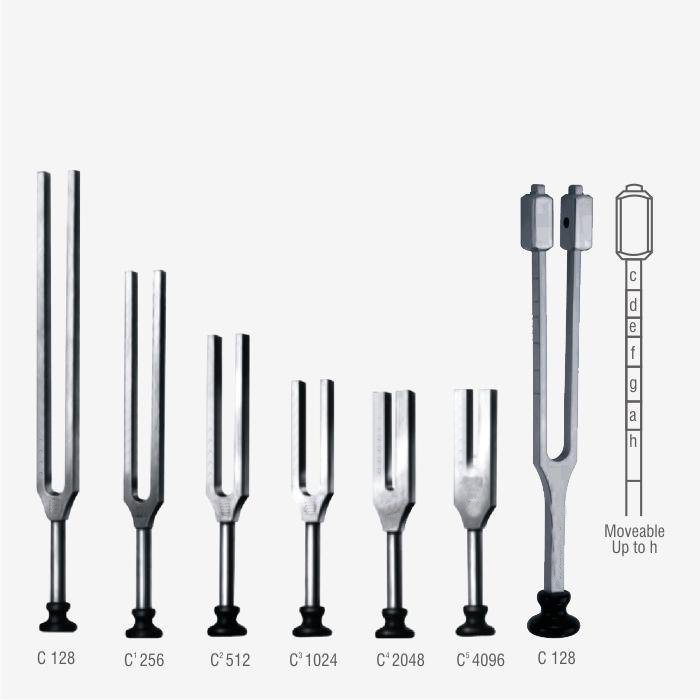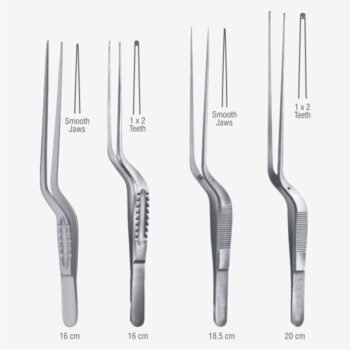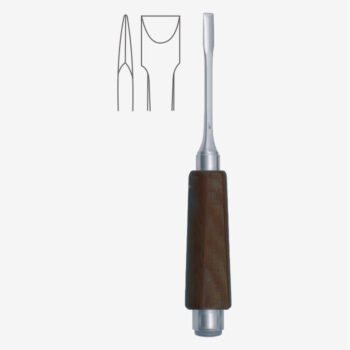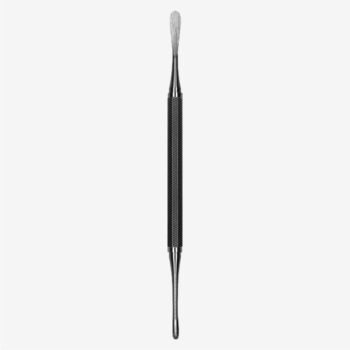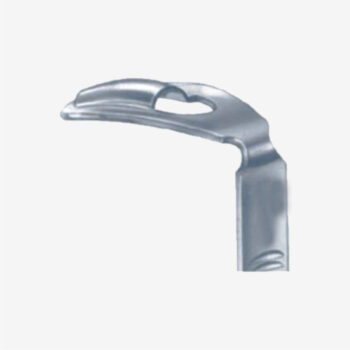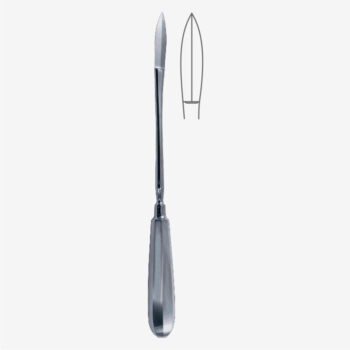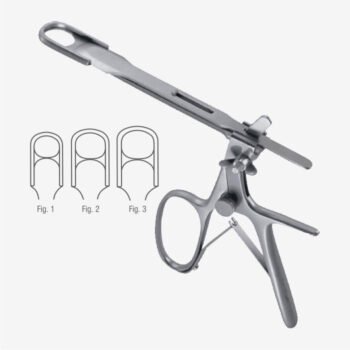Lucae Tuning Fork provide several features to assist doctors in their ear examinations. For example, they test hearing and detect different types of hearing loss.
For an optimal function, each fork has two prongs, a shoulder, a stem and a plastic foot. To obtain the fork’s frequency, hold the foot and strike the prongs on a hard surface.
Then, place the prongs at right angles to the ear to test air conduction. Following that, place the base on the mastoid process to test bone conduction.
Frequencies are available from C 256 to C 4096 for your convenience. With Lucae Tuning Forks, you can have the tools to cover your clinical needs.
Instruments manufacture tuning forks from premium quality materials to grant an efficient service.
| Specialty |
Diagnostic, ENT |
|---|---|
| Author Name |
Lucae |
| Sub-Category |
Tuning Forks |
| Category |
Ancillary Products and Accessories |
| Handle Type |
Solid Handle |
| Finish |
Satin |
| Material |
Stainless Steel |
| CE Marking |
Yes |
| Reusable |
Yes |
| Used in Specialties: |
Diagnostic, ENT, |
|---|---|
| Product Category: | Ancillary Products and Accessories, |
| Product Type: | Tuning Forks, |
